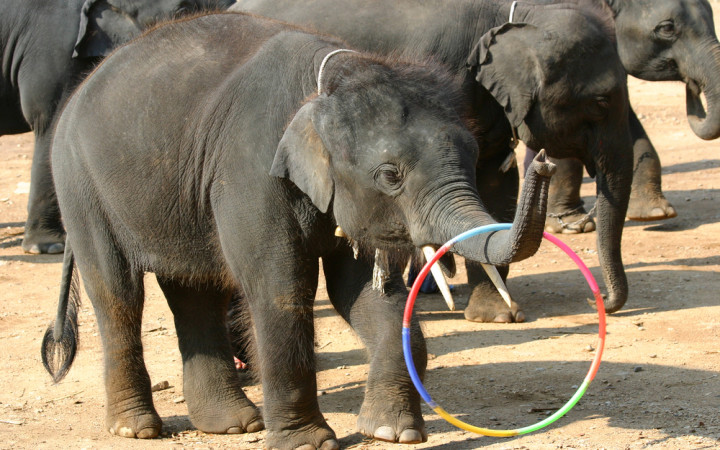The hula hoop has been around for a long, long time. The Greeks used hula hoops as a form of exercise to tone their abdominal muscles. Around 1300, “hooping" was introduced in Great Britain.
In the 1800s, British sailors first witnessed hula dancing in the Hawaiian Islands. The sailors noticed that the body movements of hula dancing and hooping looked quite similar, and the name “hula hoop" was born.
The hula hoop has undergone many changes, improvements, and modifications over the years. Hula hoops were not always made of plastic. Older hoops were made from various materials, including metal, bamboo, wood, grass, and sometimes even vines.
While they may not be the inventors of the hula hoop, Richard Knerr and Arthur “Spud" Melin of the Wham-O company hold the trademark on the name “Hula Hoop." In 1958, Wham-O began manufacturing the toy out of plastic tubing. Wham-O sold 25 million hula hoops in the first four months at a price of $1.98 each.
By the end of their second year of sales, Wham-O had sold more than 100 million hula hoops. They continue to be one of the most successful manufacturers of modern hula hoops.
Today, Wham-O continues to produce a variety of well-known recreational games and toys, including the Hula Hoop, Hacky Sack®, Slip-n-Slide, Frisbee, and Boogie Board.
In recent years, hooping has become popular among people of all ages. Many people use hooping as a form of exercise. Some adventurous hula hoopers hoop with fire hoops!




